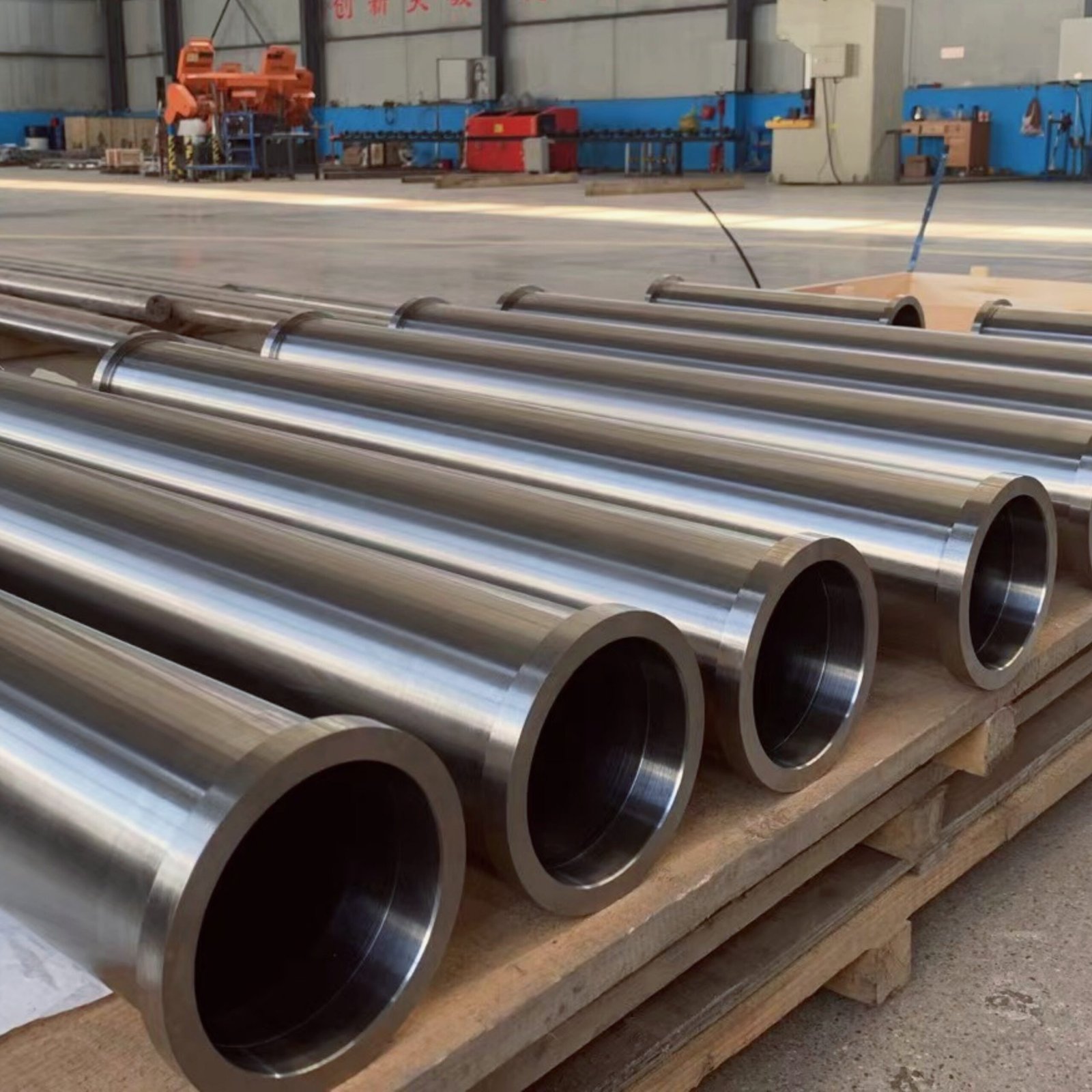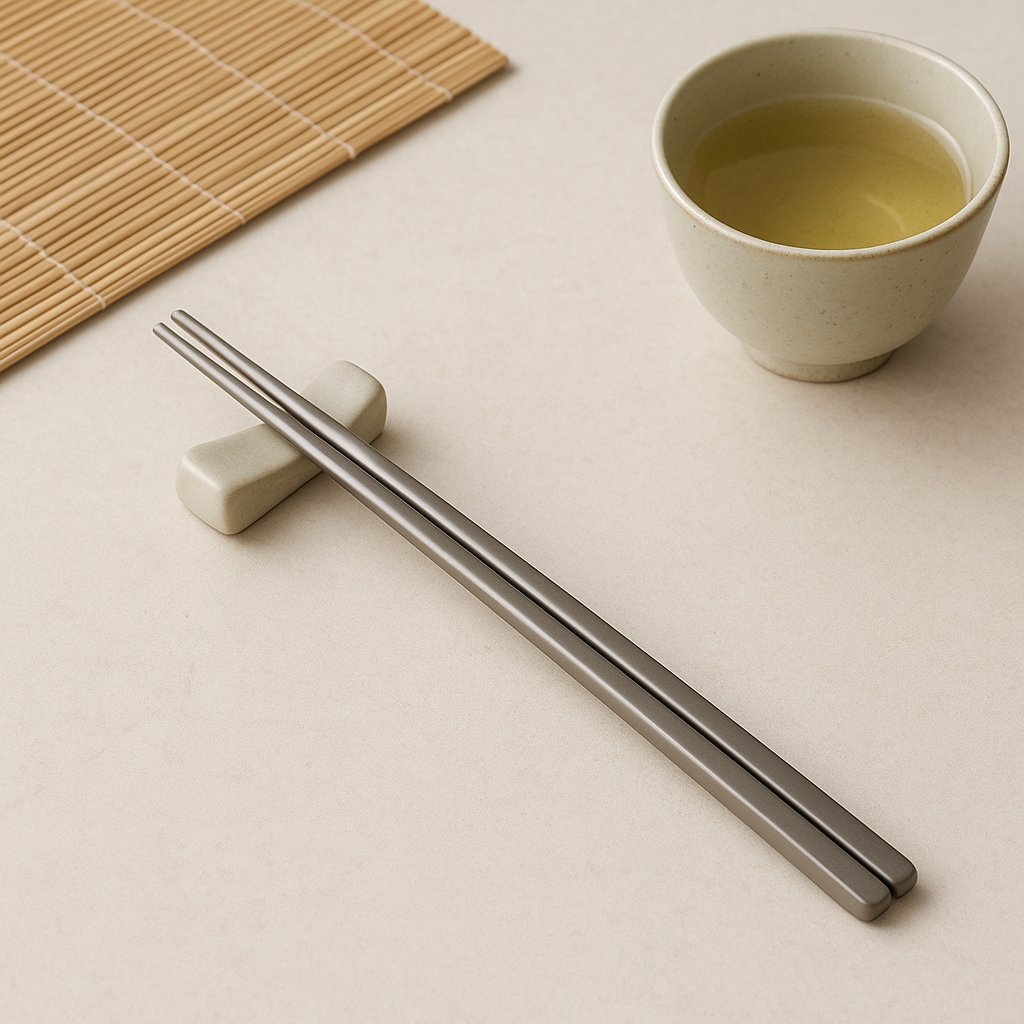Titanium, once reserved for aerospace and industrial applications, has gradually entered the world of architecture. Today, titanium panels are increasingly used in landmark buildings, where they combine performance and aesthetics in ways few other materials can achieve. Architects choose titanium not only for its durability but also for its unique ability to redefine the visual language of modern facades.
The Unique Advantages of Titanium Panels in Architecture
- Lightweight yet strong: Titanium’s high strength-to-weight ratio makes it ideal for large-span or complex curved facades.
- Corrosion resistance: Titanium withstands harsh environments such as coastal climates and acid rain, ensuring long-term stability.
- Aesthetic versatility: With its natural metallic sheen, surface oxidation colors, and finishing options, titanium creates distinctive visual effects.
- Longevity and sustainability: Minimal maintenance requirements and long service life make titanium a cost-effective, eco-friendly choice for modern architecture.
Case Studies
Sydney Opera House Roof Renovation
The Sydney Opera House is one of the most iconic architectural landmarks in the world. Its roof renovation highlighted titanium’s advantages, as titanium panels replaced traditional ceramic tiles. The new material provided superior durability, lower maintenance costs, and an elegant metallic appearance that harmonized with the building’s historic design.
Museum Facades
Several international museums have adopted titanium cladding to create a contemporary and futuristic identity. Titanium panels allow for lightweight yet durable facades, while advanced surface treatments enhance artistic expression. The combination of resilience and design flexibility makes titanium particularly attractive for cultural landmarks.
Guggenheim Museum Bilbao
Perhaps the most famous example of titanium in modern architecture is the Guggenheim Museum Bilbao in Spain. Designed by Frank Gehry and completed in 1997, its flowing titanium-clad surfaces created a revolutionary architectural statement. The museum not only showcased titanium’s versatility in large-scale public buildings but also demonstrated how the material could embody both structural innovation and artistic vision.
Conclusion
Titanium panels are redefining the possibilities of modern architecture. From the Sydney Opera House to the Guggenheim Museum Bilbao, titanium has proven itself as a material that offers durability, sustainability, and unparalleled aesthetics. As more architects seek materials that combine performance with artistry, titanium will continue to play a key role in shaping the facades of tomorrow’s landmark buildings.



